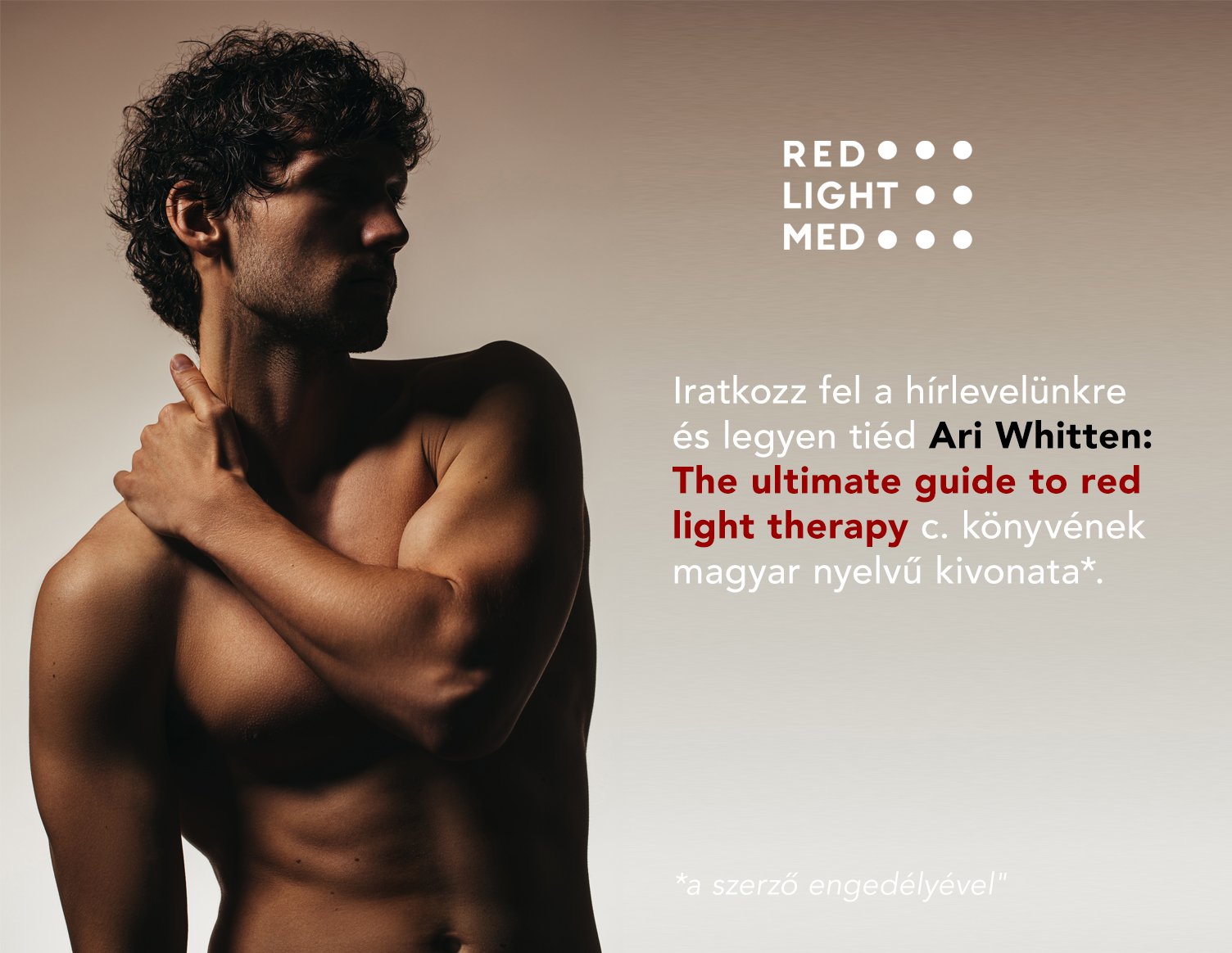It’s not a quick fix – it’s a long-term investment in your health
Red light therapy has gained significant popularity in recent years, and with that, the myth of the miracle cure has also taken hold. Many people expect wrinkle-free skin, renewed energy, or even results comparable to medical procedures within just a few weeks. But is that really how it works? Or is it, in fact, a gentle, gradual, and deeply transformative process whose true benefits only emerge after months — or even years — of consistent use?
Before investing in a red light therapy device, it’s important to understand this: it’s not a fast solution. It’s a commitment to your long-term wellbeing.
The link between light and biological processes has long been known. Different wavelengths affect the body in different ways. Shorter wavelengths, like blue or ultraviolet light, act mostly on the skin’s surface. In contrast, red and near-infrared light penetrate deeper, all the way to the mitochondria — the energy-producing structures within our cells. These wavelengths can increase cellular energy, reduce oxidative stress, and stimulate regeneration. Research confirms that red and near-infrared light can improve cellular metabolism, accelerate wound healing, and contribute to long-term skin, muscle, and even nervous system health.
Progress Requires Patience
Here’s the key point: these effects don’t happen overnight. Biological systems are slow to respond, especially when we’re aiming to restore tissue health or improve the skin’s condition. It’s the regular and consistent presence of light that drives meaningful change. So why would we expect our skin to suddenly look rejuvenated after a few days or weeks of use? The truth is, if you’re hoping for instant results, red light therapy will likely disappoint you. But if you’re patient and view it as a long-term partner, the rewards can be real and lasting.
It’s no different from starting a workout routine. Do you expect dramatic physical changes after a few weeks? Or is it months, even years of consistent effort that bring noticeable transformation? Red light therapy works on the same principle. Studies show that consistency and long-term exposure are essential. For example, visible skin improvements often appear only after 8–12 weeks of steady use — and even then, the changes tend to be subtle and gradual.
The Marketing Problem: False Expectations
Another source of confusion is marketing. Advertising often suggests red light therapy can dramatically rejuvenate your skin after just one session, as if it were on par with a cosmetic procedure. But that’s misleading. The biological mechanisms of light don’t work that way. Metabolism, collagen production, and inflammation reduction are all slow, layered processes. This is not about speed — it’s about consistency. That said, the long-term rewards can be impressive. With regular use, your skin can become firmer and more elastic, fine lines may fade, wounds can heal faster, muscles recover more effectively, and even certain neurological functions may improve. Red light therapy is best thought of as a way to maintain your natural features over time — not an invasive intervention, but a subtle form of self-care. Used properly, it has no known side effects and is considered safe even with long-term use.
The Key: Make It Part of Your Daily Routine
So how can you incorporate red light therapy into your everyday life? Experts recommend short, frequent sessions — either daily or several times a week. That might mean 10 to 20 minutes of exposure on the skin or a specific body area. Again, consistency is critical. What good is a month of intense use if the device then sits untouched in a drawer for six months? Like nutrition or exercise, it’s not about one big effort. It’s the small, repeated actions that lead to meaningful results.
What Science Says: No Patience, No Results
Scientific literature is clear: light can genuinely influence biological processes, but not through magic — only through slow, consistent changes over time. So the question we all need to ask ourselves is this: are we truly ready to commit for the long term?
If the answer is yes, red light therapy can become a valuable part of your wellness routine. If not, it might be best to explore other methods that promise quicker, short-term results.
Sources
Avci, P., Gupta, A., Sadasivam, M., Vecchio, D., Pam, Z., Pam, N., & Hamblin, M. R. (2013). Low-level laser (light) therapy (LLLT) in skin: Stimulating, healing, restoring. Seminars in Cutaneous Medicine and Surgery, 32(1), 41–52. https://doi.org/10.12788/j.sder.0023
Chung, H., Dai, T., Sharma, S. K., Huang, Y. Y., Carroll, J. D., & Hamblin, M. R. (2012). The nuts and bolts of low-level laser (light) therapy. Annals of Biomedical Engineering, 40(2), 516–533. https://doi.org/10.1007/s10439-011-0454-7
de Freitas, L. F., & Hamblin, M. R. (2016). Proposed mechanisms of photobiomodulation or low-level light therapy. IEEE Journal of Selected Topics in Quantum Electronics, 22(3), 7000417. https://doi.org/10.1109/JSTQE.2016.2561201
Hamblin, M. R. (2016). Shining light on the head: Photobiomodulation for brain disorders. BBA Clinical, 6, 113–124. https://doi.org/10.1016/j.bbacli.2016.09.002
Hamblin, M. R. (2017). Mechanisms and applications of the anti-inflammatory effects of photobiomodulation. AIMS Biophysics, 4(3), 337–361. https://doi.org/10.3934/biophy.2017.3.337
